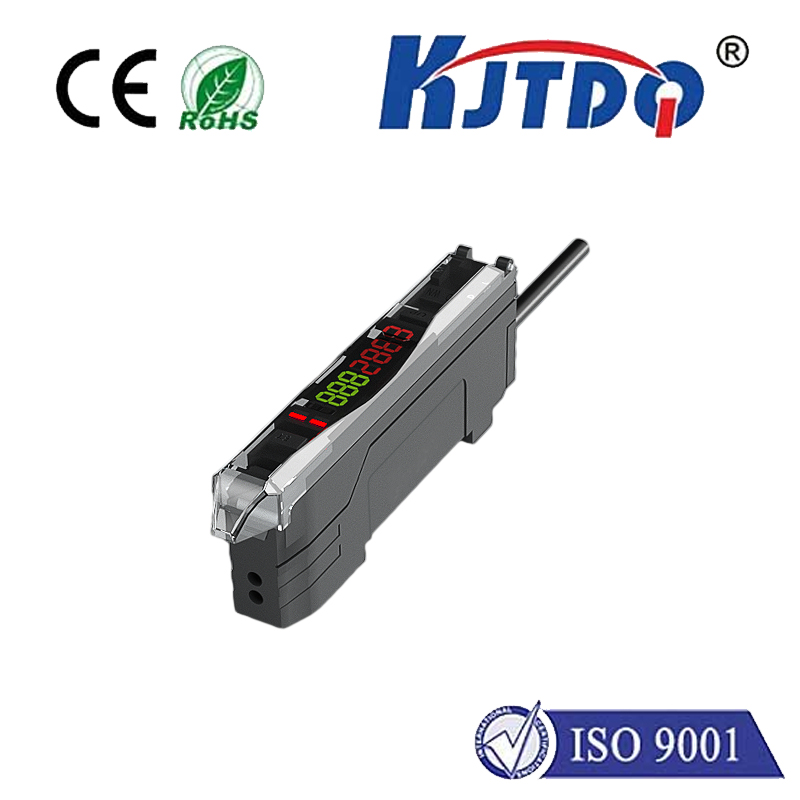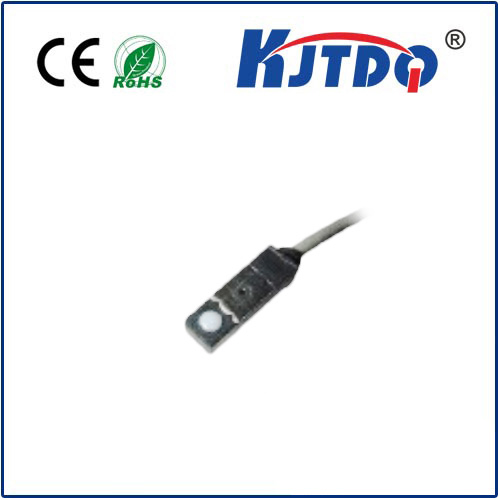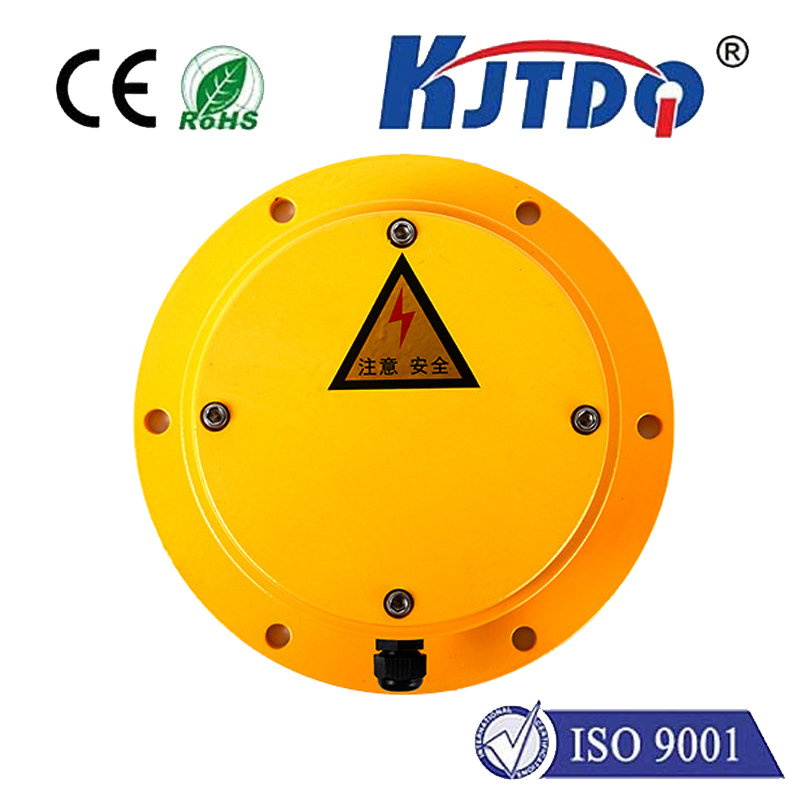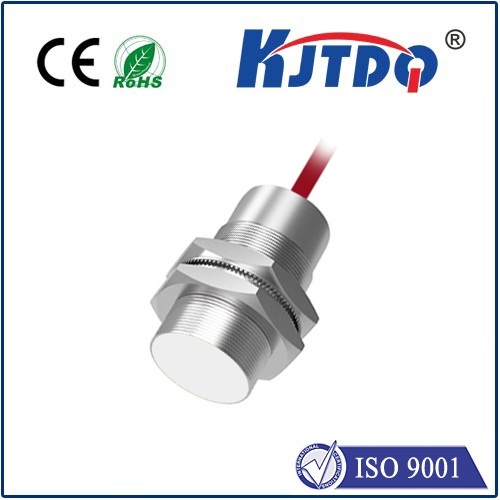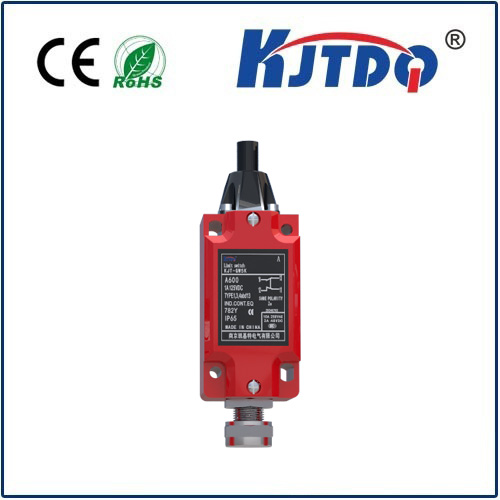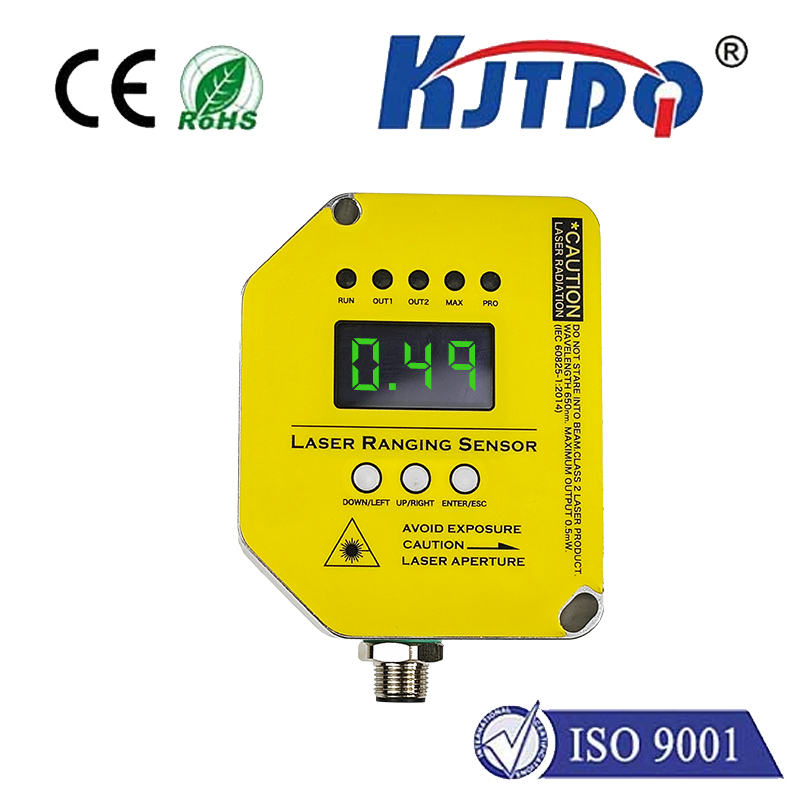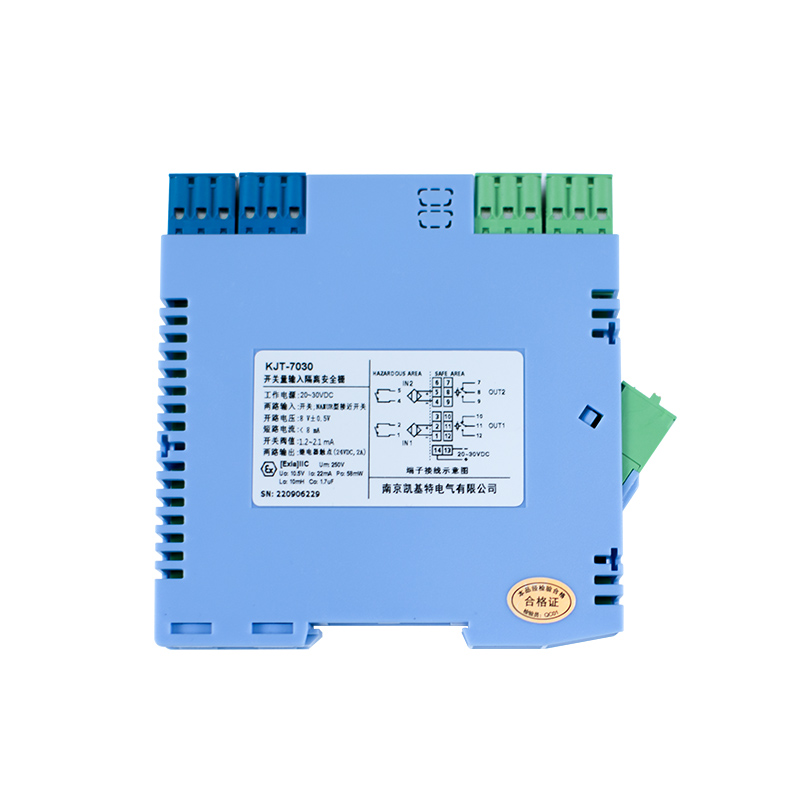proximity ir
- time:2025-06-25 02:02:49
- Click:0
What is Proximity IR Sensing and Why It’s Essential in Modern Technology
Ever wondered how your smartphone screen instantly turns off when you hold it to your ear? Or how an automatic soap dispenser knows when to release soap without needing a touch? The silent, invisible hero enabling these seamless interactions is almost always proximity IR sensing.
Proximity IR, short for Proximity Infrared, refers to a technology using infrared light to detect the presence, absence, or distance of nearby objects without physical contact. It relies on the principle that objects reflect infrared light emitted by a source (typically an IR LED). A sensor (a photodetector) then captures this reflected light. By analyzing the intensity or time-of-flight of the reflected IR signal, the system determines how close an object is.
Understanding the Core Components
At the heart of every IR proximity sensor are two key elements:

- IR Emitter (IR LED): This component emits pulses of infrared light, invisible to the human eye but detectable by specialized sensors.
- IR Detector (Photodiode/Phototransistor): This component is tuned to receive the specific wavelength of IR light emitted by the paired LED. Its job is to convert the incoming IR radiation into an electrical signal.
The fundamental operation is elegantly simple: the emitter sends out IR light; if an object is nearby, some of this light reflects back towards the detector. The closer the object, the stronger the reflected signal received by the detector (within its operational range). This signal is then processed to determine object presence or an approximate distance measurement. Crucially, the effective range of standard IR proximity sensors is typically limited to a few centimeters, making them ideal for short-range detection tasks.
The Invisible Workhorse: Key Applications
Proximity IR sensors have become indispensable across countless industries due to their reliability, low cost, and non-contact nature:
- Consumer Electronics: This is perhaps the most widespread application. They enable:
- Smartphone Screen Management: Detecting when a phone is held to the ear during a call, automatically blanking the display to save power and prevent accidental touches. Feature phones pioneered this, smartphones perfected it.
- Gesture Control: Some devices use arrays of proximity sensors to detect simple hand gestures (e.g., waving to dismiss a call or scroll through content).
- Automatic Brightness Adjustment (Prox + Ambient Light Sensor): Working alongside ambient light sensors, proximity data helps fine-tune display brightness for optimal viewing and power efficiency based on the device’s context (e.g., in pocket vs. in hand).
- Industrial Automation & Robotics: Proximity IR detectors provide object detection for positioning, counting, and sorting on assembly lines. Robots use them for obstacle avoidance and safe navigation in confined spaces, preventing collisions. They can also signal when a machine part is correctly positioned.
- Appliance & Fixture Automation: Touchless operation is key for hygiene and convenience:
- Automatic Faucets & Soap Dispensers: Detect hands below the spout or nozzle to trigger water/soap flow.
- Hand Dryers: Activate when hands are placed under the air outlet.
- Automatic Doors: Detect approaching people to open doors smoothly.
- Paper Towel Dispensers: Dispense paper when a hand is waved nearby.
- Security Systems: Proximity IR sensors can act as non-contact triggers for alarms when an object (like a hand) approaches a protected surface or valuable item.
- Emerging Applications: Found in robotics, AR/VR headsets (for user presence detection), automotive interior monitoring (occupant detection), and even medical devices.
Overcoming Challenges & Advancements
While highly effective, IR proximity detection isn’t without challenges, and continuous advancements address them:
- Ambient Light Interference: Sunlight and strong indoor lighting contain IR components that can swamp the sensor. Modern sensors employ modulated IR signals (pulsing the LED at a specific frequency) and highly tuned detectors to filter out ambient IR noise, dramatically improving reliability. Advanced filtering algorithms are crucial.
- Object Reflectivity: Different materials (dark/black, shiny, matte, transparent) reflect IR light very differently. Highly absorbent dark objects or clear glass might reflect very little signal back. Sophisticated sensors often incorporate calibration routines or multi-level detection thresholds to accommodate varying reflectivity.
- Accuracy & Range: Traditional proximity IR sensors provide presence detection and coarse distance estimation (e.g., near/far zones), not precise, absolute distance. Time-of-Flight (ToF) proximity sensors are an advanced variant that measures the time taken for an IR pulse to travel to the target and back, enabling much more accurate distance measurement, albeit often at a higher cost and power requirement.
Conclusion: The Quiet Enabler of Modern Convenience
Proximity IR sensing is a testament to how a fundamental principle of physics – light reflection – can be harnessed to create profoundly useful technology. Its ability to provide reliable, contactless near-field detection makes it an essential component in our everyday devices and industrial systems. From ensuring your phone call isn’t accidentally ended by your cheek to promoting hygiene in public restrooms, proximity IR sensors work silently in the background, making interactions smoother, safer, and more efficient. As modulation techniques, filtering algorithms, and sensor designs like ToF continue to evolve, we can expect proximity IR to enable even smarter and more responsive applications in the future, seamlessly integrating into the fabric of our increasingly automated world.








